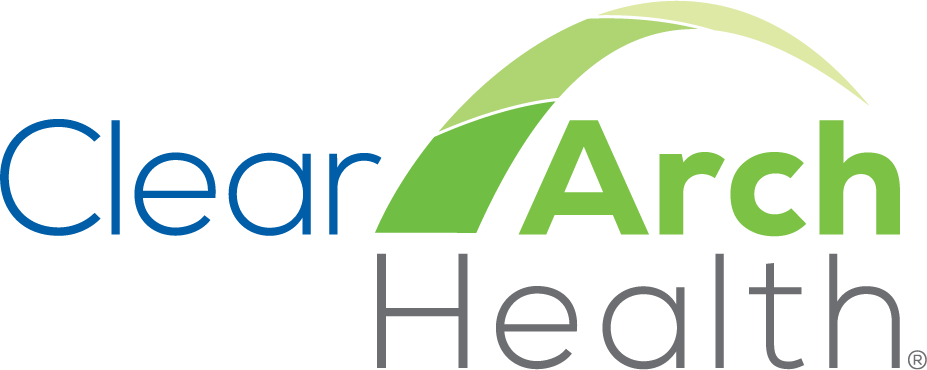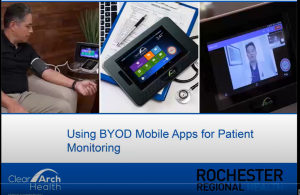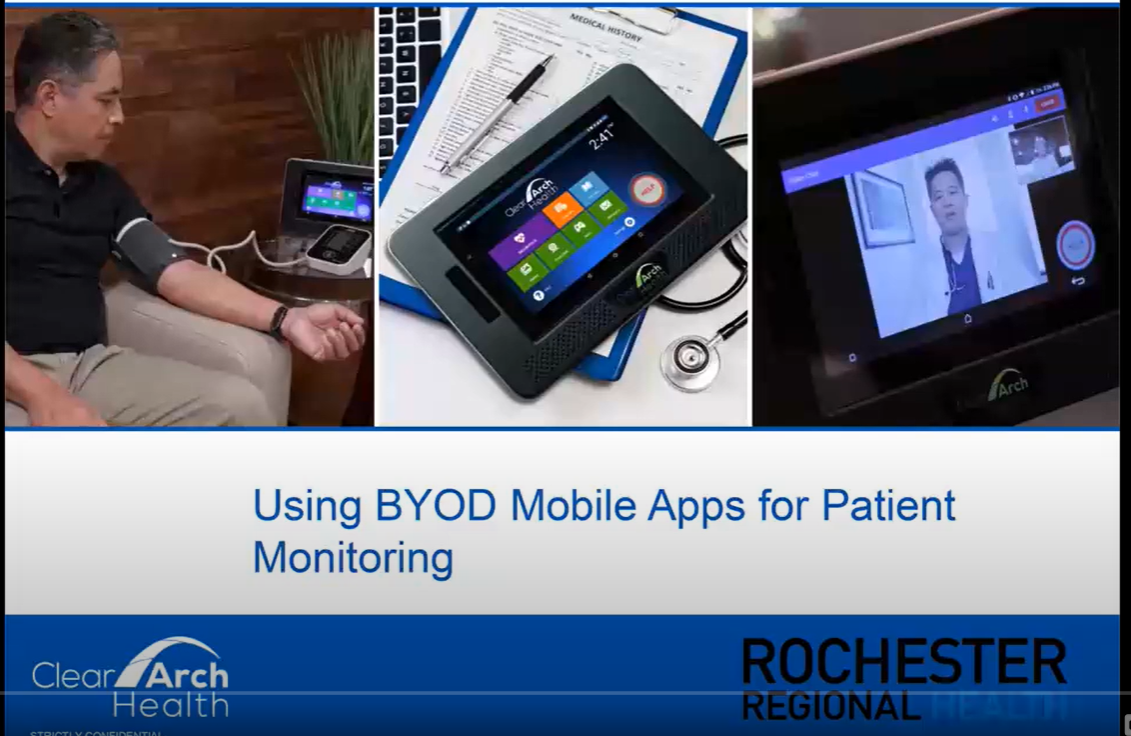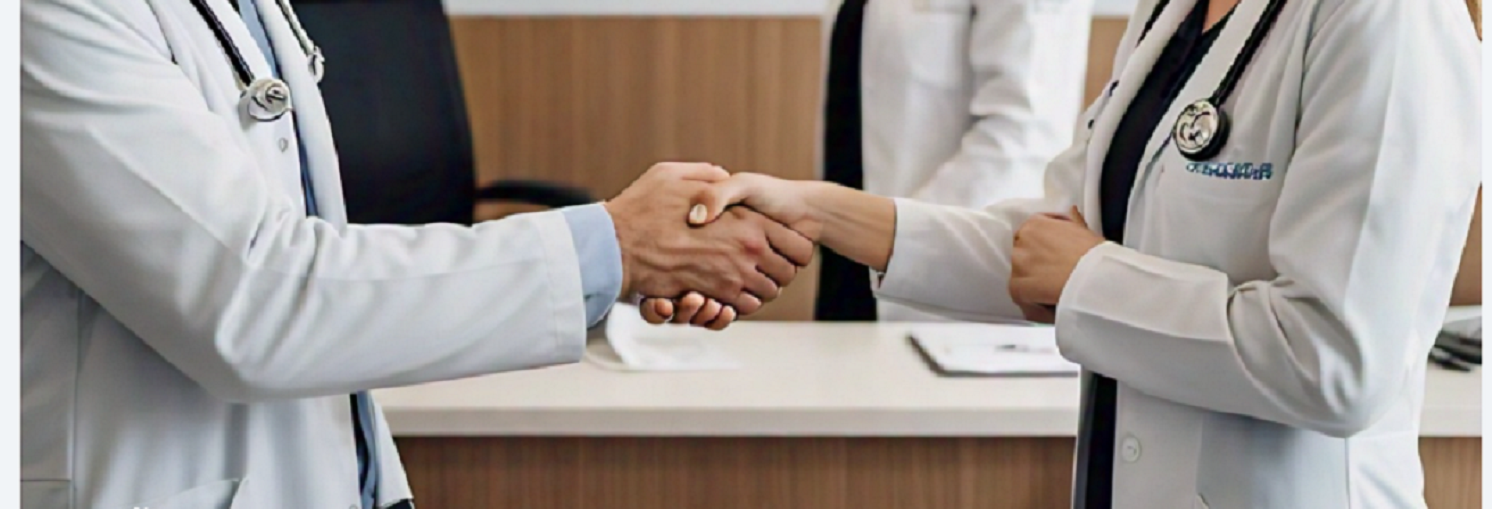The digital age has brought a wave of innovation to healthcare, and remote patient monitoring (RPM) stands as a shining example.
This technology empowers doctors and healthcare providers to monitor patients remotely, collecting real-time data
and fostering continuous communication beyond the clinic walls.
The results?
Improved patient outcomes, better cost management, and a fundamentally transformed healthcare experience.
The Rise of RPM: A Booming Industry
RPM has witnessed rapid growth, with over 88% of hospitals embracing this technology.
This shift is driven by the immense potential for cost savings: estimates suggest virtualizing healthcare spending could free up $250 billion, making healthcare more accessible and affordable. Leading the charge are innovative RPM companies developing cutting-edge solutions and devices.
Top Players in the RPM Space:
Several companies are revolutionizing healthcare with their RPM solutions:
- Clear Arch Health: Clear Arch Health is a healthcare technology company dedicated to revolutionizing the delivery of patient care through innovative solutions. Specializing in remote patient monitoring and chronic care management, Clear Arch Health offers unique benefits (such as a private-pay customer model and fully integrated RPM/PERS, all on one platform) that empower healthcare providers with the advanced tools needed to enhance patient engagement and improve outcomes.
- As a division of MobileHelp, a leading provider of mobile Personal Emergency Response Systems technology, and (as of May 2024) part of Medical Guardian, Clear Arch Health enables the delivery of quality care to patients with chronic conditions by bridging gaps in remote care with a comprehensive suite of RPM, PERS, remote life safety solutions and end-to-end support, logistics management and patient monitoring/contact center services.
- HRS: HRS (Health Recovery Solutions) specializes in creating remote monitoring programs that cater to diverse healthcare needs. HRS’s remote patient monitoring services contribute to advancing the efficiency and effectiveness of modern healthcare delivery.
- Life Care Solutions: Life Care Solutions, a leading healthcare solutions provider acquired by Clear Arch Health in 2022, delivers state-of-the-art remote patient monitoring services and software that revolutionize the way healthcare is managed. The comprehensive platform, which includes the LifeStream™ clinical monitoring dashboard and an advanced analytics reporting tool, enables healthcare professionals to remotely monitor patients, collect and analyze vital health data, and streamline patient care coordination. With a commitment to enhancing patient outcomes and promoting efficiency in healthcare delivery, Life Care Solutions’ remote patient monitoring services and software play a pivotal role in advancing the integration of technology for optimal patient care.
- Medtronic: Medtronic’s platform offers remote monitoring solutions, enabling healthcare providers to track and manage patient health outside traditional clinical settings and promotes proactive and data-driven healthcare interventions.
- Philips: Philips’ remote patient monitoring offerings enable healthcare professionals to remotely monitor and manage patients’ health conditions in real-time, enhancing patient outcomes, reducing hospitalizations, and optimizing resource utilization.
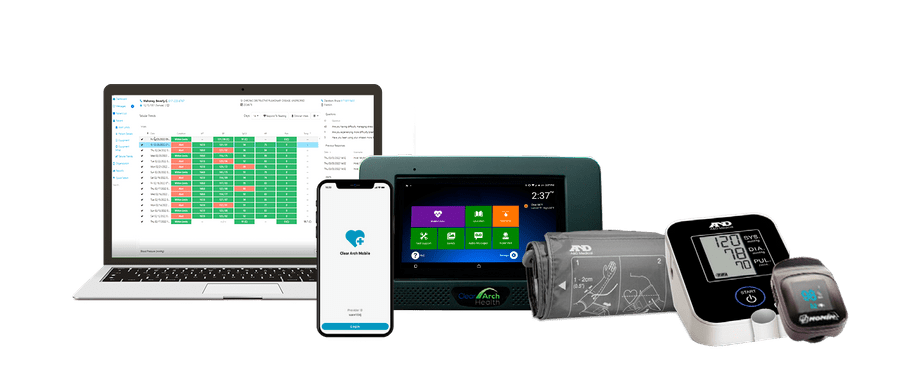
The Powerhouse Duo: RPM and Telehealth
The integration of telehealth with RPM has changed how healthcare is delivered.
Healthcare professionals can now manage diverse health conditions remotely, reducing travel costs and infection risks for patients. Common conditions monitored through RPM include high blood pressure, diabetes, heart disease, and chronic respiratory conditions.
Implementing RPM: A Roadmap for Success
For successful RPM implementation, healthcare providers should follow these guidelines:
- Educate patients: Explain the purpose of RPM devices and provide clear instructions through telehealth and written materials.
- Train on device operation: Guide patients on using devices during telehealth appointments and offer additional support if needed.
- Communicate RPM benefits: Reduced hospitalizations, better chronic disease management, and improved rural healthcare access.
Billing and Payment: Navigating the System
Billing and payment are crucial considerations for RPM services. While private insurance policies vary, Medicare has established clear guidelines for billing RPM services. These guidelines involve patient-physician relationships, consent, and eligibility for billing by healthcare professionals.
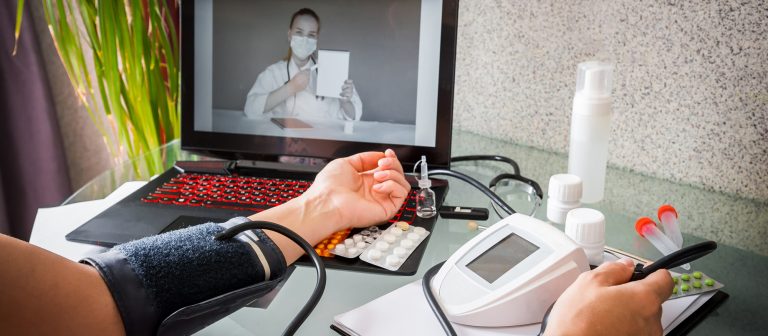
The Tools of the Trade: Common RPM Devices
The RPM industry offers a diverse range of devices:
- Blood pressure monitors: Essential for hypertension management.
- Scales: Help track weight fluctuations, particularly crucial for heart failure patients.
- Glucometers: Enable remote blood glucose monitoring for timely diabetes management.
- Peak flow meters: Assist in managing respiratory conditions like asthma.
- Pulse oximeters: Monitor oxygen levels, aiding in the care of patients with conditions affecting blood oxygen.
- Digital thermometers: Crucial for early infection detection and post-operative care.
Prioritizing Patient Safety
RPM comes with safety considerations. Robust protocols and clear guidelines are essential to mitigate risks of misdiagnosis or missed attention. This involves patient selection, escalation procedures, and individualized thresholds for abnormal results. Strong patient education on abnormal values and emergency responses is also crucial.
Challenges and the Road Ahead
While RPM offers numerous benefits, challenges remain:
- Technological barriers: Lack of internet access and digital literacy hinder widespread adoption.
- Health inequities: Rural areas, minorities, and individuals with lower socioeconomic status face access challenges.
- Billing and payment: Lower reimbursement rates and lack of coverage discourage program expansion.
Research and Policy: Shaping the Future
Researchers predict the continued rise of RPM, impacting both chronic and acute care management.
Future research will identify new diseases suitable for remote monitoring and explore settings beyond hospitals. And, policy changes are crucial to address access issues and incentivize implementation.
Put Clear Arch Health at the Top of Your RPM Provider List
RPM represents a paradigm shift in healthcare, fostering real-time connectivity and delivering care beyond traditional settings.
With Clear Arch Health RPM, remote healthcare teams receive:
- Flexible pricing to meet unique needs and budget constraints
- FDA-compliant solutions for enhanced safety and product reliability
- Robust monitoring programs that empower healthcare providers to deliver quality care
- Intuitive clinical dashboards for informed decision-making based on accurate health data
- Emergency response systems for greater peace of mind, with 24/7 monitoring options
- User-friendly devices for convenience, ease-of-use, comfort and increased engagement
- Full logistics management, installation, onboarding, training, ongoing consults and support
- Solutions for Medicare Advantage Plans and reimbursement guidance for providers
The integration of telehealth has further expanded access and improved patient experience. While challenges exist, ongoing research, technological advancements, and policy changes pave the way for a future where RPM is a cornerstone of effective, accessible, and patient-centered healthcare.

